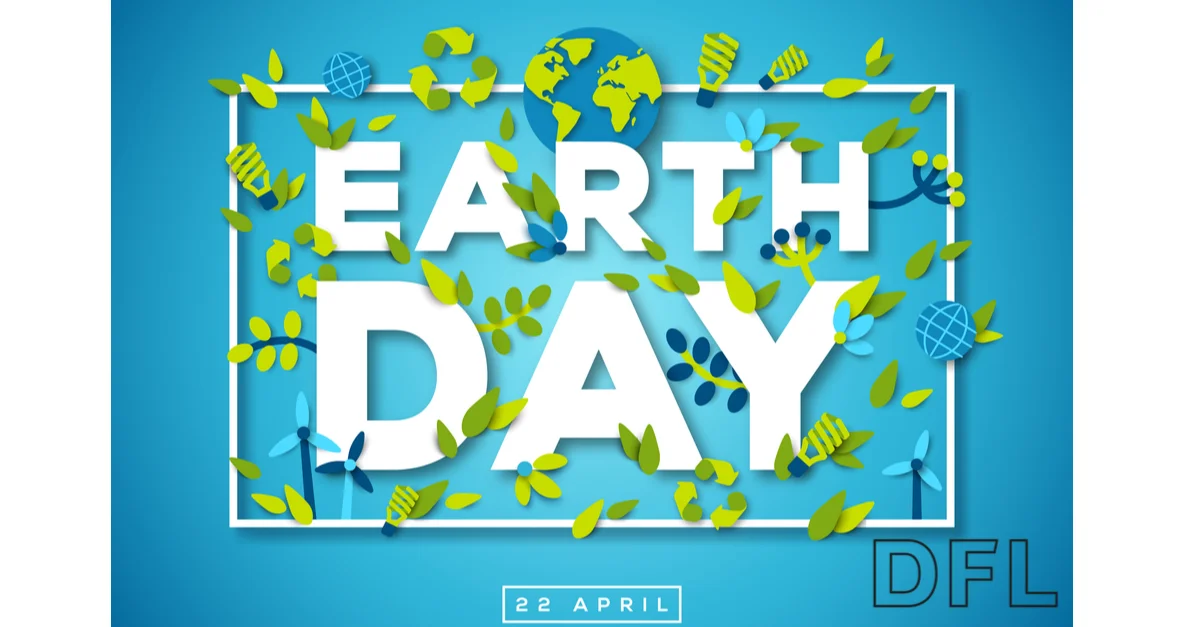The first ever Earth Day was held in America, with over 20 million people taking to the streets, protesting about huge environmental problems.
Factories belched out thick smoke and sludge, inefficient automobiles consumed huge amounts of leaded gas, and no-one worried about the impact on human health.
Oil spills, air pollution and horrendously polluted rivers were all simply ignored by the law and the press rarely commented. It seems bizarre now, but the smell of industry was then regarded as a sign of prosperity.
The aim of that first protest was to secure protection for the planet and for long-term solutions and plans to be put into practice.
New environmental laws followed this action and the 22nd of April is understood to be the start of the modern environmental movement we all see today.
WHAT IS EARTH DAY?
Presents the opportunity to celebrate this amazing planet, while offering a much-needed platform to raise awareness of the issues we face and talk about the factors that threaten our existence.
Earth Day is a world-wide recognised date and people far and wide take part in events designed to promote climate action and encourage people to help our planet.
It has inspired some countries to start initiatives based solely on their impact on the environment.
In 2010, China for example saw more than 100,000 people take to their bicycles to draw attention to the large amount of CO2 pollution emitted from cars.
‘INVEST IN OUR PLANET’
Is the theme for 2022 and seeks to highlight that NOW is the moment for change – from the business to the political climate.
HOW CAN WE TAKE PART?
From recycling household rubbish and using less energy to attending local litter picks and beach clean-ups, there are plenty of ways to get involved this year.
We can also take part by buying reusable items, planting a tree, including wildlife habitation in our gardens, switching to solar outside lights or maybe even attending a local rally.
Highlighting the importance of being green also extends to getting outside, away from our screens for walks with the family in the fresh air.
WHERE DOES LIGHTING FACTOR IN THIS?
It’s 2022 and a far cry from 1970 in many ways, including ideas and designs in the lighting industry.
With increasing fears over energy prices and calls for us all to use less energy, pollution caused by artificial light is under the microscope.
It is a well-documented fact that LEDs far outrival their sodium counterparts when it comes to energy efficiency and associated cost, but should we be content with just enough?
Lighting a space requires discussion, understanding and investigation and when combined with efficient technology and human-centric, we believe we can tick the boxes for the environment as a whole.
HOW CAN THE LIGHTING INDUSTRY HELP?
Here at DFL, we are not content with satisfying the bare minimum and are always looking at ways to challenge the norm.
It is time to worry less about the cost of installations and more on the available resources we have available.
Investing in designs that alter the levels of light dependent on wildlife requirements, human use and the area, while adopting different hues and tones would add new dimensions and interest to outside spaces.
Why are we lighting spaces when there is no-one around? SMART technology is everywhere you look and with pre-programming, timers and sensors we can implement these onto everyday lighting devices – saving energy and money.
Will talking about Earth Day help the planet? Absolutely it will, if we use it as a platform from which to stop accepting the norm, create better technology and give our entire world the chance it needs.























